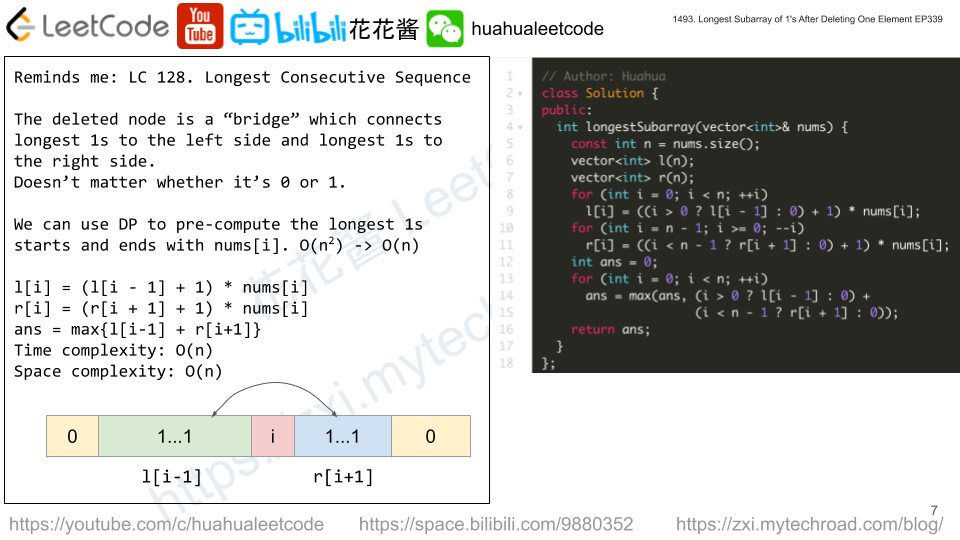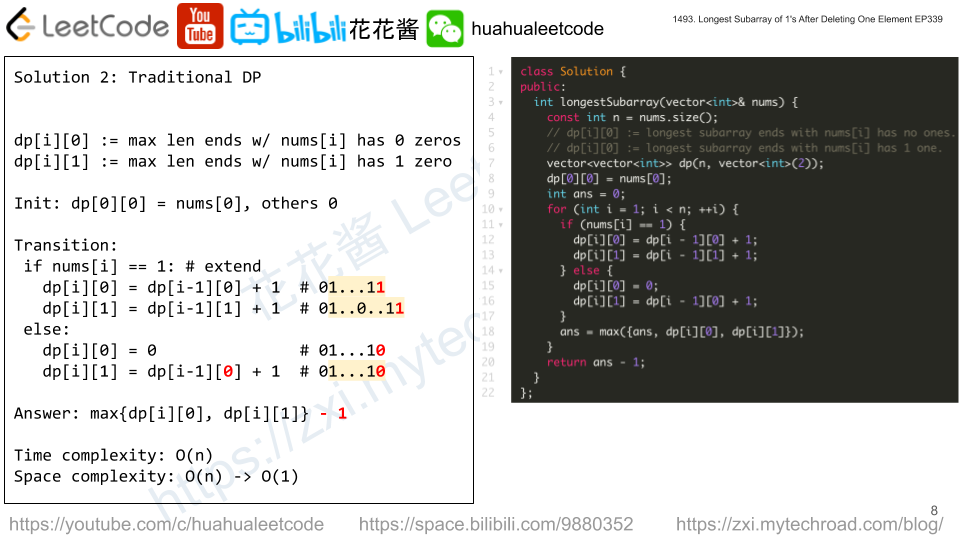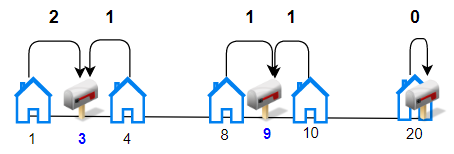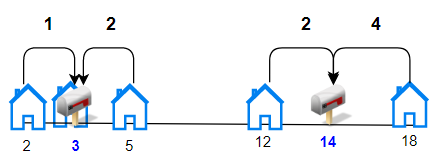Given a rows * columns matrix mat of ones and zeros, return how many submatrices have all ones.
Example 1:
Input: mat = [[1,0,1], [1,1,0], [1,1,0]] Output: 13 Explanation: There are 6 rectangles of side 1x1. There are 2 rectangles of side 1x2. There are 3 rectangles of side 2x1. There is 1 rectangle of side 2x2. There is 1 rectangle of side 3x1. Total number of rectangles = 6 + 2 + 3 + 1 + 1 = 13.
Example 2:
Input: mat = [[0,1,1,0], [0,1,1,1], [1,1,1,0]] Output: 24 Explanation: There are 8 rectangles of side 1x1. There are 5 rectangles of side 1x2. There are 2 rectangles of side 1x3. There are 4 rectangles of side 2x1. There are 2 rectangles of side 2x2. There are 2 rectangles of side 3x1. There is 1 rectangle of side 3x2. Total number of rectangles = 8 + 5 + 2 + 4 + 2 + 2 + 1 = 24.
Example 3:
Input: mat = [[1,1,1,1,1,1]] Output: 21
Example 4:
Input: mat = [[1,0,1],[0,1,0],[1,0,1]] Output: 5
Constraints:
1 <= rows <= 1501 <= columns <= 1500 <= mat[i][j] <= 1
Solution 1: Brute Force w/ Pruning
Time complexity: O(m^2*n^2)
Space complexity: O(1)
C++
|
1 2 3 4 5 6 7 8 9 10 11 12 13 14 15 16 17 18 19 20 21 22 23 24 25 26 |
// Author: Huahua class Solution { public: int numSubmat(vector<vector<int>>& mat) { const int R = mat.size(); const int C = mat[0].size(); // # of sub matrices with top-left at (sr, sc) auto subMats = [&](int sr, int sc) { int max_c = C; int count = 0; for (int r = sr; r < R; ++r) for (int c = sc; c < max_c; ++c) if (mat[r][c]) { ++count; } else { max_c = c; } return count; }; int ans = 0; for (int r = 0; r < R; ++r) for (int c = 0; c < C; ++c) ans += subMats(r, c); return ans; } }; |







